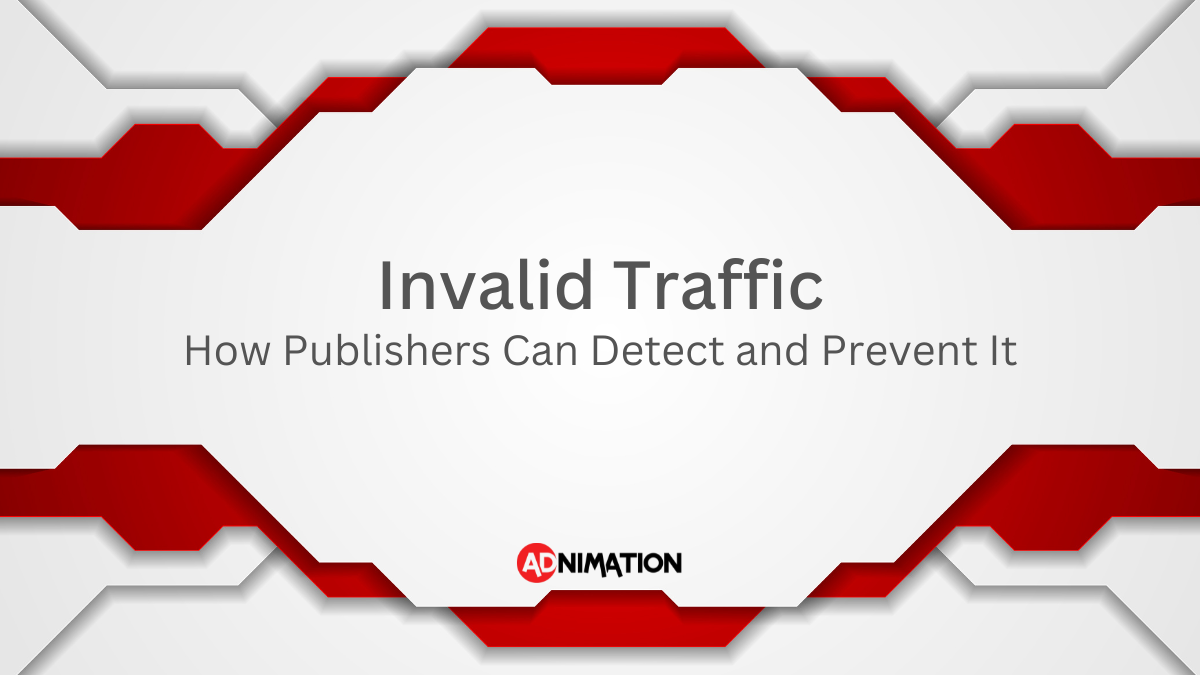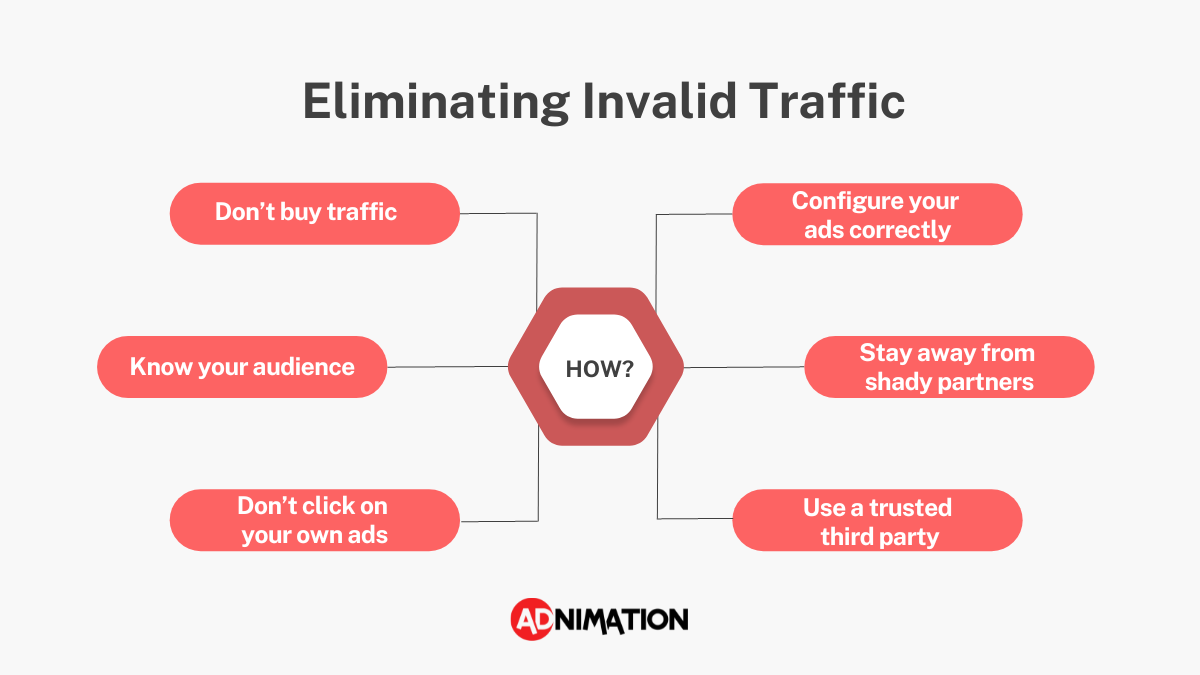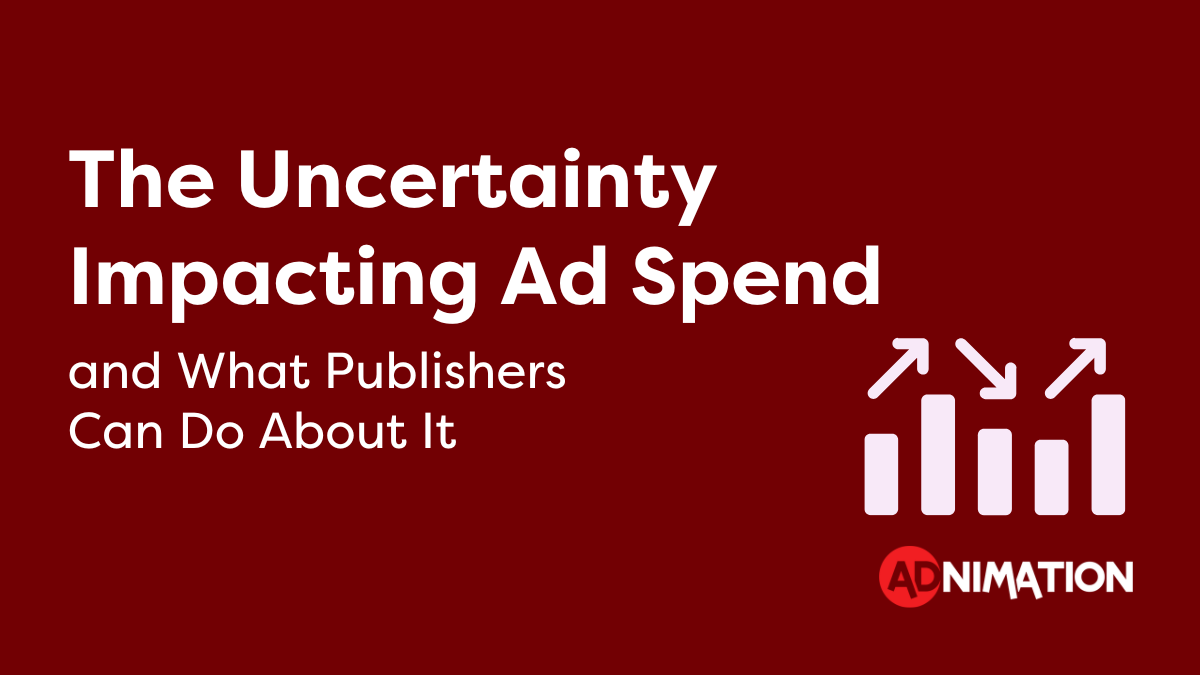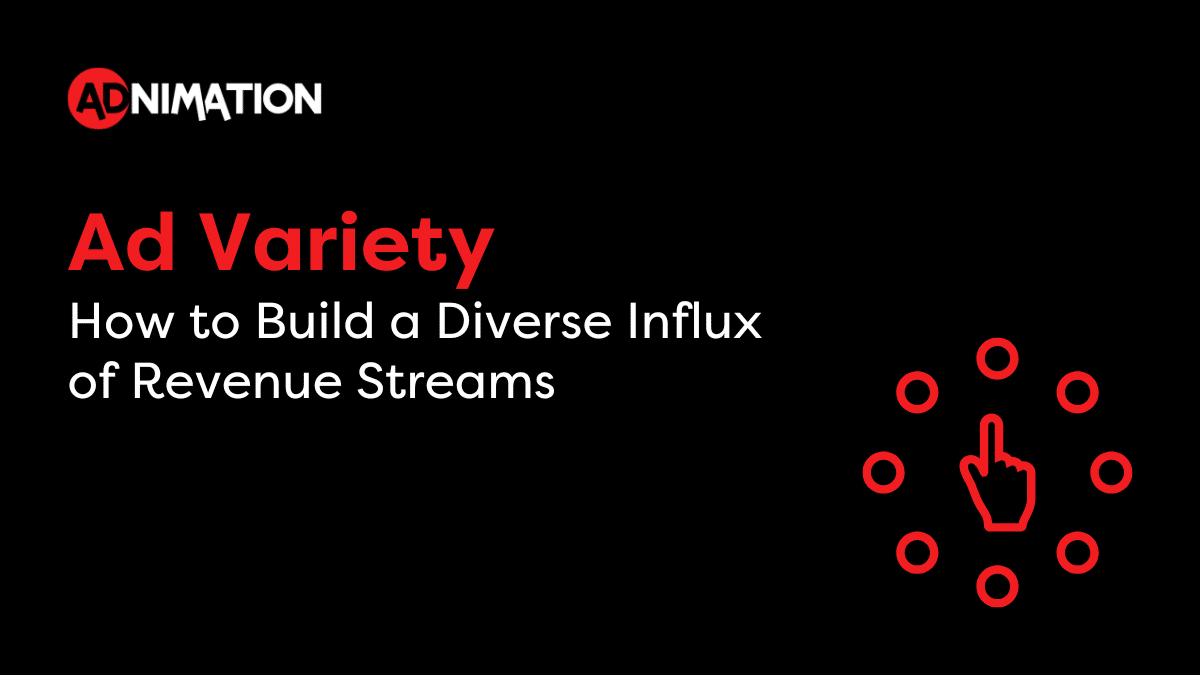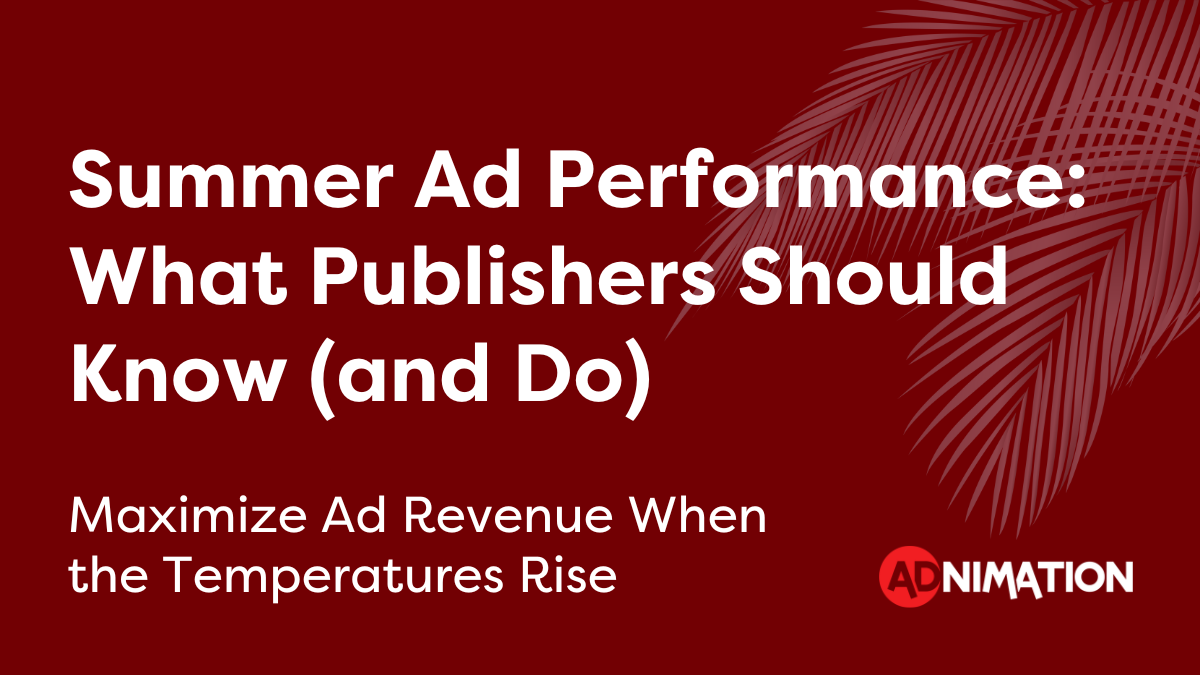Invalid traffic is an incredibly frustrating aspect of programmatic advertising.
At best, it harms your revenue. At worst, it can get your site banned from Google and other ad networks.
While every website, regardless of size and quality, will be affected at some point to invalid traffic, there are ways to prevent it.
If you’re reading this article, chances are your site has recently fallen victim to invalid traffic. That’s why we’re going to explain what exactly invalid traffic is, and what you can do to prevent and eliminate it.
What is Invalid Traffic?
According to Google:
Invalid traffic includes any clicks or impressions that may artificially inflate an advertiser’s costs or a publisher’s earnings. Invalid traffic covers intentionally fraudulent traffic as well as accidental clicks.
In other words, invalid traffic is any action done to artificially inflate website or app metrics, such as page views, clicks, or user engagement. These actions directly harm advertisers as it reduces their return on ad spend (ROAS).
Invalid traffic encompasses a variety of practices that do not reflect genuine human engagement. This includes:
- Automated clicking tools and bots
- Publishers clicking on the ads on their own websites
- Repetitive clicks or impressions generated by one or more users
- Publishers encouraging ad clicks
How Invalid Traffic Harms Publishers
Invalid traffic harms publishers in two ways:
Revenue Loss
The goal of advertisers is to generate profit. Therefore, if they see a poor ROAS from your site, they will simply drop you or lower their bid. As more and more advertisers follow suit, your revenue will suffer.
In addition to the long-term effects, you will also see an invalid traffic deduction in your monthly payments. If you have invalid traffic, your ad network will deduct the relevant amount from your payout, meaning you will have less money in your pocket.
Suspended or Blocked Account
If invalid activity persists on your site, Google or other ad networks will suspend or block your account.
As a publisher, an account suspension is devastating to your business and requires a lot of work to reactivate your account.
Types of Invalid Traffic
Invalid traffic can be broken down into two categories:
General Invalid Traffic (GIVT)
General Invalid Traffic is the most common type of invalid traffic. It refers to traffic that is generated by non-human means, such as spiders, crawlers, and bots that scan websites without mimicking human behavior.
This traffic is not sent with the intent of committing fraud, and it is easily identifiable via routine checks.
GIVT also includes traffic from unknown browsers and known data centers linked to invalid activity and irregular patterns.
Most notably, GIVT doesn’t artificially click on ads. Therefore, it is generally harmless and benign.
Sophisticated Invalid Traffic (SIVT)
Sophisticated Invalid Traffic is much more duplicitous than its counterpart.
Fraudsters intentionally generate SIVT to mimic user behavior and artificially inflate ad clicks. To do so, they use an array of sophisticated methods including malware, bot traffic, and cookie stuffing. This makes SIVT harder to eliminate.
Detecting SIVT is also significantly more complicated, as it requires advanced analytics and human intervention.
How to Detect Invalid Traffic
Fortunately, invalid traffic is often simple to detect. In fact, you can do so in your Google Analytics.
While not foolproof, these are the telltale signs of invalid traffic:
Unexpected and Sudden Traffic Increases
It could be that your site is taking off – and if this is the case, great! However, organic traffic increase generally occurs gradually or seasonally.
Therefore, if you see that in one day your traffic unexpectedly doubles for no apparent reason, you might have invalid traffic to thank.
Very High Bounce Rates
Bounce rates refer to the percentage of people who leave your site without taking any action, such as visiting another page or clicking on a link.
If your bounce rates are low, that means your users are very engaged. If your bounce rates are incredibly high (close to 100%), that means the source of the traffic is likely invalid.
Very Low Session Duration
Session duration refers to the average amount of time someone spent on your site. The more time a user spends on your site, the better. It means he or she is more engaged.
If you see a session duration close to zero seconds, it is usually an indicator of invalid traffic.
Consistently Strange Traffic Patterns
It is not unheard of for publishers to notice strange traffic patterns. Often, there is an explanation that we only figure out after the fact.
However, it could also be a sign of invalid traffic. If such patterns persist, it may indicate that the site is being targeted by bots or malware that are set to activate at specific times.
How to Eliminate Invalid Traffic
Now that we covered the different types of invalid traffic and how to detect them, let’s take a look at how to eliminate them.
First, before you do anything, report it!
If you are using Google AdSense, there is actually a form through which you can report invalid clicks. As noted by Google, “this form does not absolve you of that responsibility,” but it can help them detect the invalid traffic source.
After that, here’s what you should (and shouldn’t) do:
Don’t Buy Traffic
Simple enough, right? Well, maybe not.
Purchasing traffic might seem like a good idea when starting out, but it will always come back to bite you. Advertisers catch on very quickly to click farm schemes, and your revenue will ultimately come crashing down.
Instead, invest in growing your website organically by creating quality content and strong SEO.
Know Your Audience
As noted earlier in the article, sudden traffic increases and strange traffic patterns could be signs of invalid traffic.
But what if you’re a website about outdoor sports, and as the summer arrives, you see a sudden spike in traffic. Is that invalid traffic, or is it simply the time of year that more people search for your content?
Knowing your audience can help you differentiate suspicious traffic from normal traffic.
Google advises breaking down your traffic reports “into meaningful segments using URL channels, custom channels, or ad units. This will help you gauge how changes to traffic sources or implementation can affect your ad traffic.”
Don’t Click on Your Own Ads
Google and other ad networks have very strict guidelines about publishers clicking on their own ads.
Remember, the point of ads is to drive profit for the advertisers. So if you are clicking on your own ads, you are essentially cheating the advertiser out of money, and that’s a good way to get your account suspended.
Stay Away from Shady and Low-Quality Partners
We know, it’s hard to resist a good deal. But sometimes, there’s a reason for that “good” deal being offered by an ad network, search engine, or directory site.
Working with shady partners is not a good idea. Your site is striving to be the best, so you should work with the best. That means you should only work with reputable partners who will not put your site in jeopardy through invalid traffic.
Configure Your Ads Correctly
Placing your ads in a way that will fool people into clicking is also a type of invalid traffic. This could mean overlapping ads over content, placing the button in a way that gets people to click on it by accident, or making your ad look like site content.
Make sure your ad placement complies with all the necessary guidelines set by your ad provider.
Use a Trusted Third Party
If you are independently selling your ad inventory, there are a number of companies that specialize in preventing ad fraud invalid traffic.
If you are working with an ad monetization company, make sure the company is a trusted Google partner that knows the rules of invalid traffic inside out, and who can help you if needed.
Build Your Site with Bricks!
No, not actual bricks. We mean the proverbial bricks used by the third pig in The Three Little Pigs.
Buying traffic, clicking on your own ads, not following up on your analytics, and working with shady partners might be easy, but in the long term it will leave you vulnerable to the “wolf” of invalid traffic.
Your website is a crucial source of income, so take the necessary steps to protect it. Remember – the best way to avoid invalid traffic is to prevent invalid traffic!

